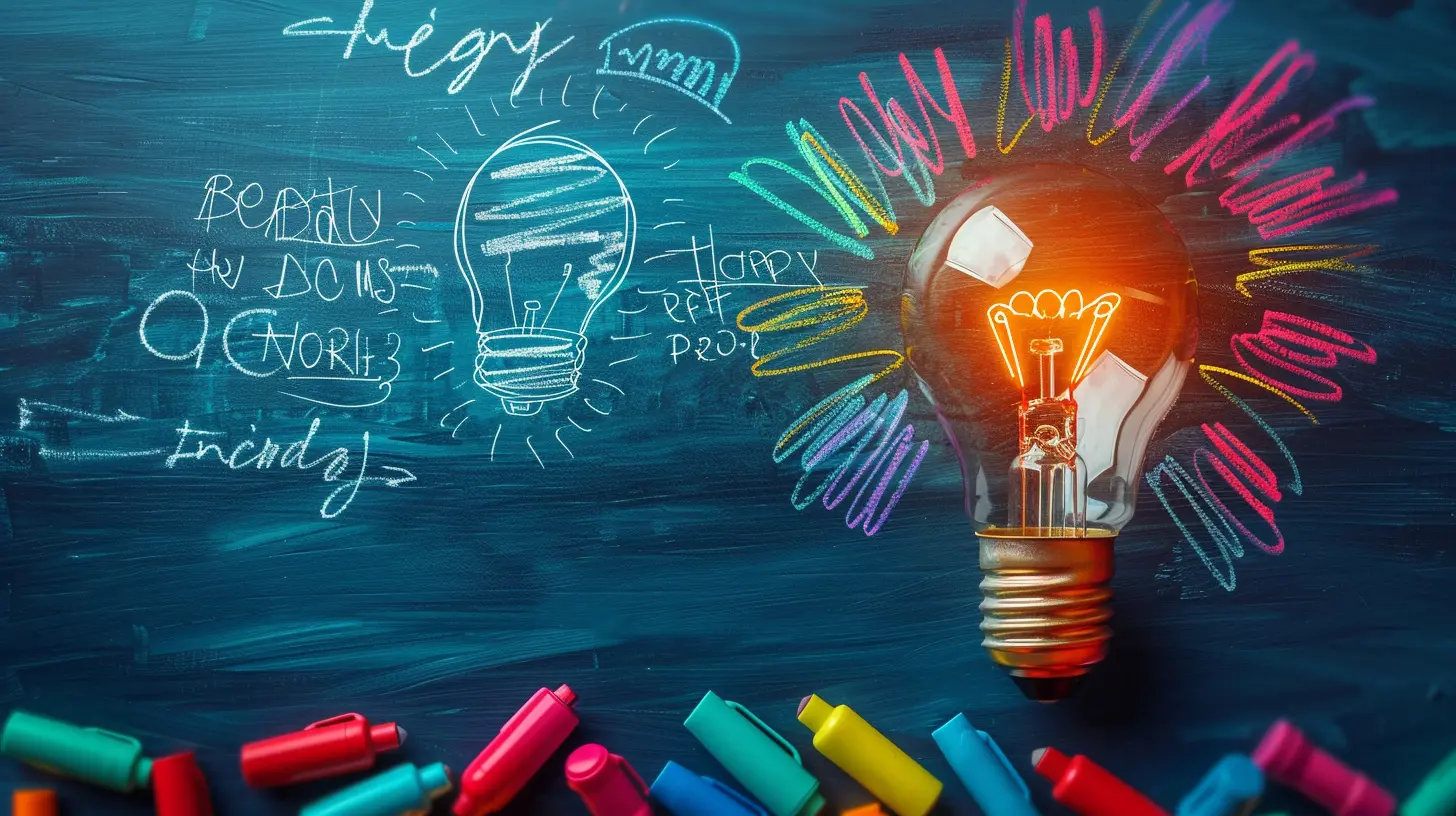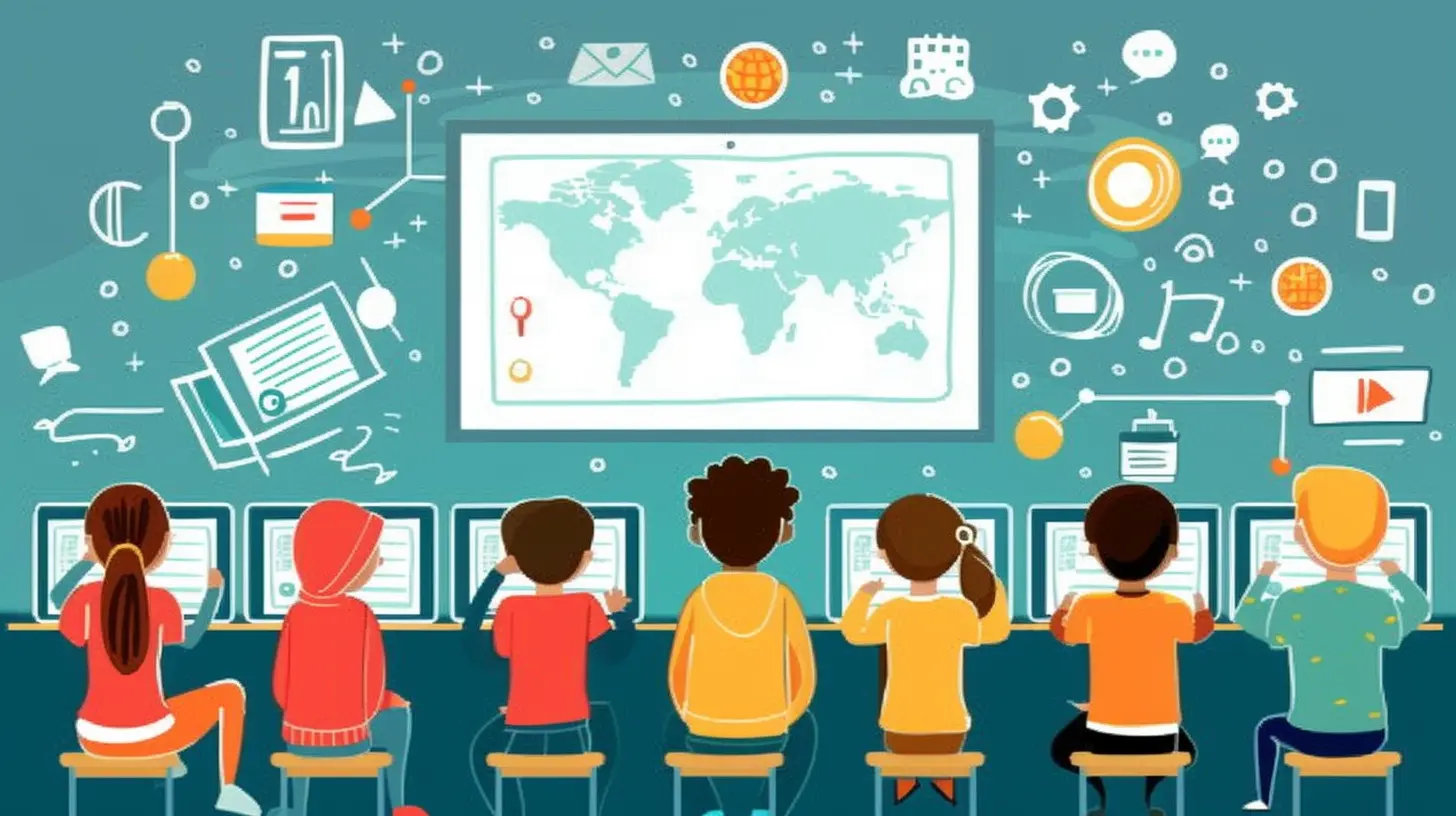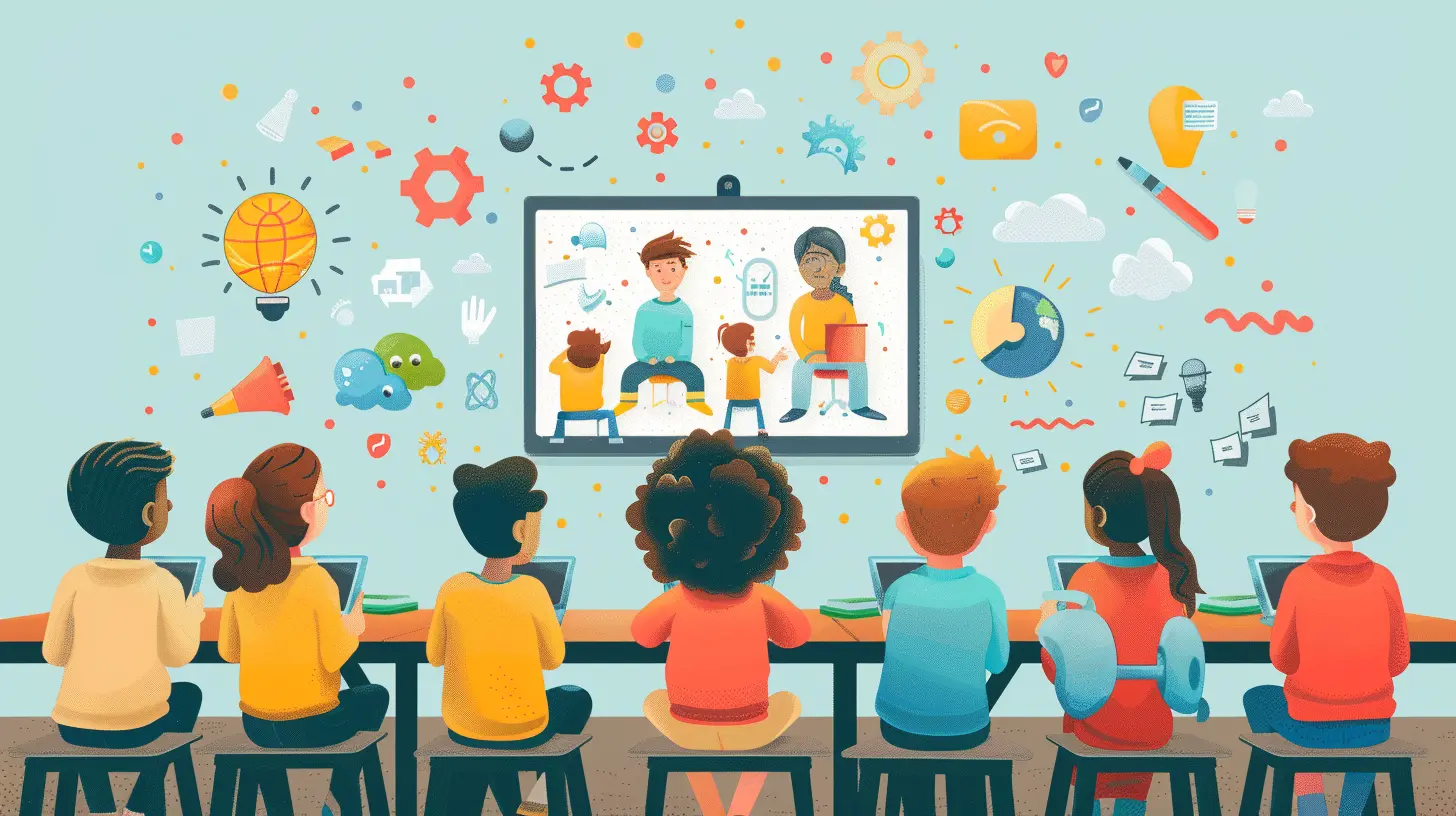Differentiating Instruction in a Blended Learning Model
14 August 2025
Education has never been a one-size-fits-all approach, and with the rise of blended learning, teachers have more tools than ever to customize lessons for diverse student needs. But how do we effectively differentiate instruction in a blended model?
Blended learning combines traditional face-to-face teaching with online resources, offering a flexible and personalized learning experience. When done right, it allows teachers to meet students where they are, ensuring that every learner gets the right level of challenge and support.
In this article, we’ll break down the key strategies for differentiating instruction in a blended classroom, explore practical ways to implement them, and highlight the essential benefits for both educators and students.
What is Differentiated Instruction?
Differentiated instruction is an approach where teachers tailor their teaching methods based on their students' varying needs, abilities, and learning styles. It’s all about meeting students at their level instead of forcing them to fit into a rigid, one-size-fits-all curriculum.Some students grasp concepts quickly, while others need more time and support. Some prefer visual aids, and others thrive through hands-on experiences. Differentiation ensures that every learner gets what they need to succeed.
In a blended learning environment, differentiation becomes even more powerful because of the flexibility technology offers. With a mix of online and in-person learning, teachers can create personalized pathways for students, allowing them to learn at their own pace. 
Why is Differentiated Instruction Important in Blended Learning?
Blended learning naturally lends itself to differentiation. Since students engage with both online and in-person instruction, teachers can assess their progress more effectively and provide targeted support. Here's why differentiation is crucial in a blended model:- Supports All Learning Styles: Some students thrive with digital resources, while others prefer hands-on activities. Differentiation ensures everyone gets what works best for them.
- Increases Student Engagement: When students feel that lessons are tailored to their needs, they're more likely to stay motivated and actively participate.
- Encourages Independent Learning: The blend of self-paced online activities and guided instruction helps students take ownership of their learning journey.
- Addresses Learning Gaps: With real-time data from digital tools, teachers can quickly identify struggling students and intervene before small gaps become major roadblocks.
Now, let’s dive into some practical strategies for differentiation in a blended classroom.
Strategies for Differentiating Instruction in a Blended Learning Model
1. Use Flexible Grouping
Grouping students based on their skill levels, learning styles, or interests can make instruction more effective. These groups don’t have to be permanent; they can change based on the lesson or unit.- Ability-Based Groups: Students with similar skill levels work together on targeted activities.
- Interest-Based Groups: Students choose topics that interest them, keeping engagement high.
- Mixed-Ability Groups: Higher-level students can support their peers, fostering peer learning.
With online tools, teachers can create breakout rooms, discussion forums, and digital collaborations that make group work seamless in a blended setting.
2. Personalize Learning Paths with Technology
One of the biggest advantages of blended learning is the ability to tailor assignments and content to each student’s needs. Here are some ways to personalize learning:- Adaptive Learning Software: Platforms like Khan Academy or DreamBox adjust difficulty levels based on student performance.
- Choice Boards & Playlists: Give students options for how they want to learn (videos, reading, hands-on activities).
- Self-Paced Modules: Let students progress at their own speed, revisiting challenging topics as needed.
Technology empowers students to take charge of their learning while allowing teachers to track their progress effectively.
3. Provide Varied Instructional Materials
Different students learn best through different formats. A blended classroom makes it easy to incorporate multiple types of instructional materials:- Videos & Simulations for visual and auditory learners.
- Interactive Quizzes & Games to reinforce concepts in a fun way.
- Hands-On Projects & Experiments to engage kinesthetic learners.
- Text-Based Resources for those who prefer reading and writing.
By diversifying materials, you ensure that every student finds a method that resonates with them.
4. Utilize Data to Drive Instruction
One of the biggest perks of blended learning is the ability to collect real-time student data. Teachers can use analytics from learning management systems (LMS) to:- Identify struggling students and offer timely interventions.
- Track student engagement and participation levels.
- Adjust lesson plans based on performance trends.
Instead of guessing who needs help, teachers can make data-informed decisions to provide the right support at the right time.
5. Implement Tiered Assignments
Not all students need the same level of difficulty. Tiered assignments allow everyone to work on the same concept but at different levels of complexity.For example:
- Basic Level: Students summarize key concepts in their own words.
- Intermediate Level: Students apply concepts to real-world scenarios.
- Advanced Level: Students create projects or teach the concept to others.
With a blended approach, teachers can provide multiple assignment versions, ensuring that students are both challenged and supported.
6. Leverage Student Choice
Giving students control over their learning increases engagement and motivation. With blended learning, you can offer choices in:- Content: Different options for learning the same concept (reading, watching, experiencing).
- Process: Various methods for completing assignments (written reports, videos, creative projects).
- Pacing: Letting students move at their own speed through lesson modules.
When students have a say in their learning, they become more invested and perform better.
7. Offer Regular Feedback & Support
Feedback is essential for student growth. In a blended learning model, teachers can provide:- Instant Feedback: Through quizzes and interactive platforms.
- Peer Feedback: Using discussion boards or collaborative assignments.
- One-on-One Check-ins: Virtual or in-person meetings to address individual challenges.
Timely feedback helps students stay on track and encourages a growth mindset. 
Overcoming Challenges in Differentiating Instruction
While differentiation in a blended learning model is powerful, it does come with challenges. Here’s how to tackle them:1. Managing Different Learning Levels
It can be tough to keep students with varying abilities engaged. The solution? Use flexible grouping and tiered assignments to ensure everyone stays challenged.2. Keeping Students on Task
Some students may struggle with self-paced learning. Setting clear expectations, providing checklists, and using progress-tracking tools can keep them accountable.3. Avoiding Teacher Burnout
Personalizing instruction takes effort. Lean on technology, automate repetitive tasks, and encourage peer collaboration to lighten the workload.By anticipating these challenges, educators can create a more seamless differentiated experience in their blended classrooms.
Final Thoughts
Differentiated instruction in a blended learning model isn’t just a trend—it’s a necessity. Every classroom is filled with unique learners, and blending technology with face-to-face teaching gives educators the tools to tailor instruction in ways that were never possible before.By using flexible grouping, personalizing learning paths, offering varied instructional materials, and leveraging real-time data, teachers can ensure every student gets the support they need to thrive.
At its core, differentiation in a blended learning model is about recognizing that every student learns differently—and giving them the opportunity to succeed on their own terms. So, if you're an educator, take advantage of these strategies and watch your students flourish!
all images in this post were generated using AI tools
Category:
Blended LearningAuthor:

Bethany Hudson
Discussion
rate this article
1 comments
Wade McKeever
What a fantastic read! Differentiating instruction in a blended learning model truly empowers both educators and students. It's inspiring to see how personalized approaches can enhance engagement and success. Cheers to innovative teaching and brighter learning experiences! 🌟📚
September 5, 2025 at 3:07 AM

Bethany Hudson
Thank you for your thoughtful insights! I'm thrilled to hear that you found the article inspiring and valuable for enhancing engagement in education. Cheers to personalized learning! 🌟


